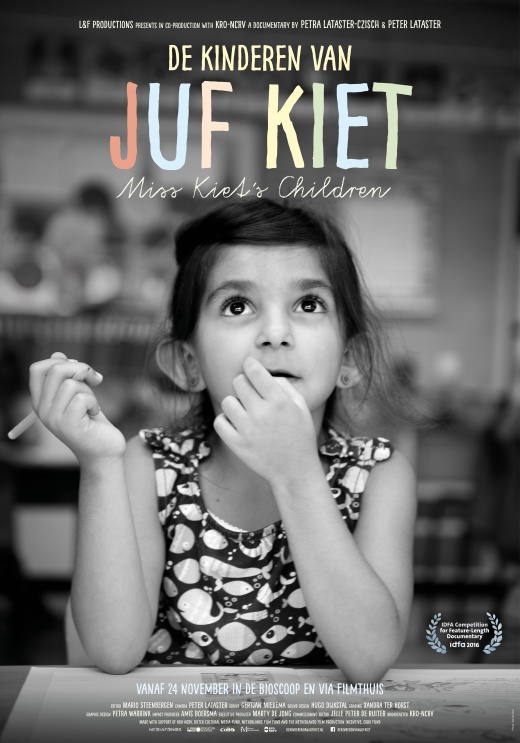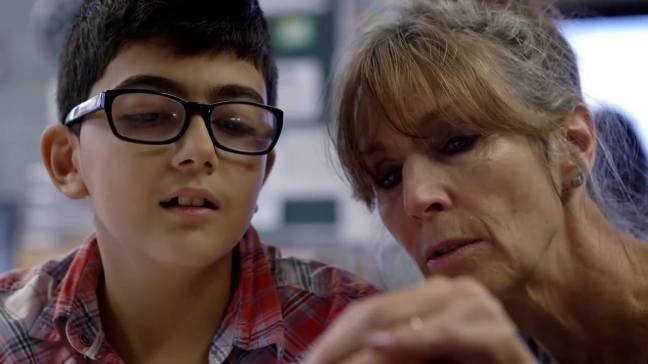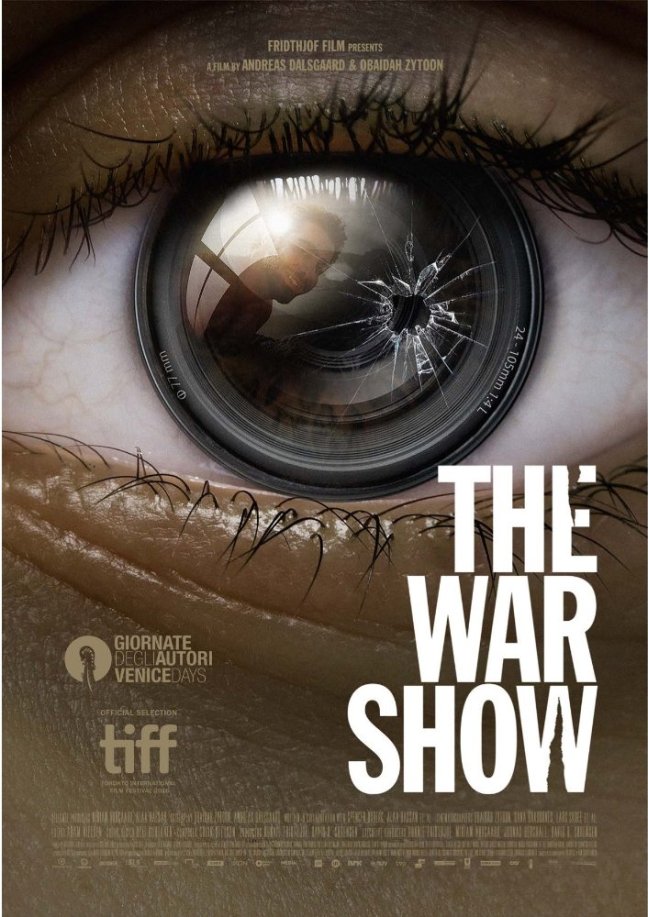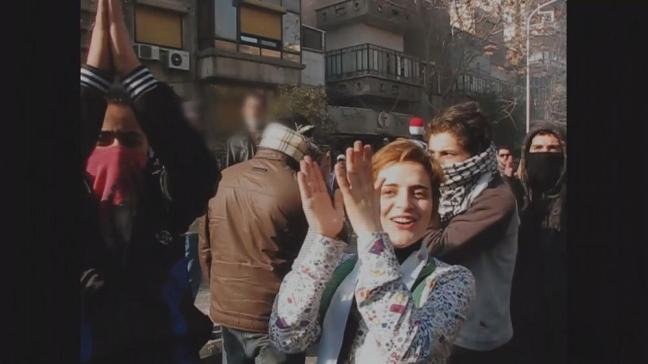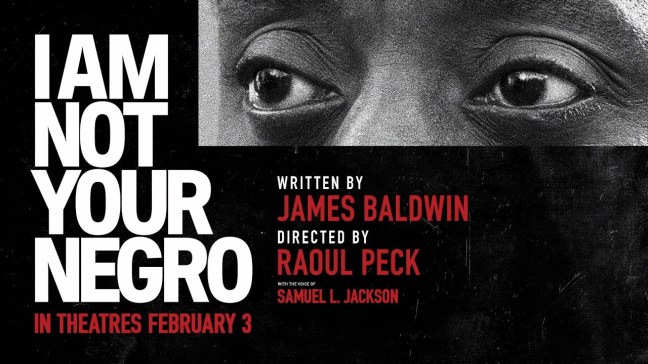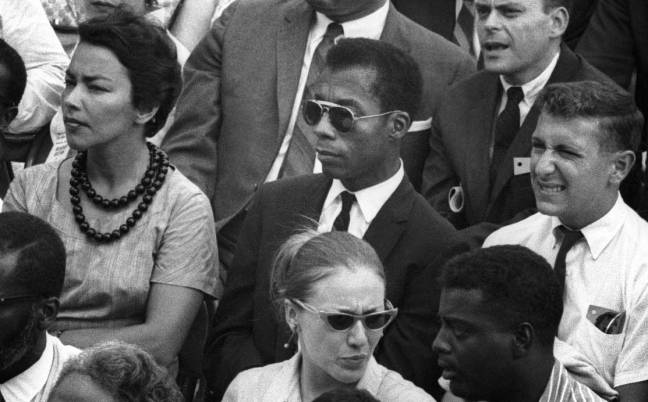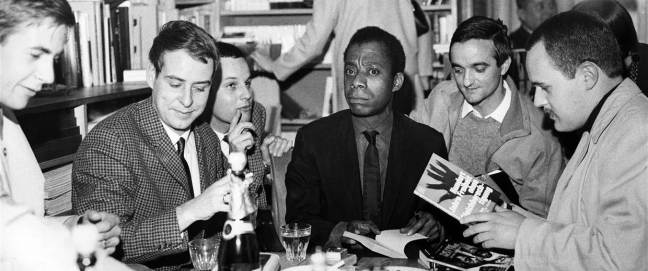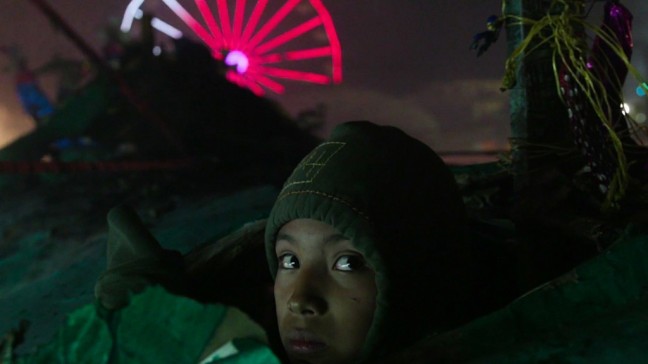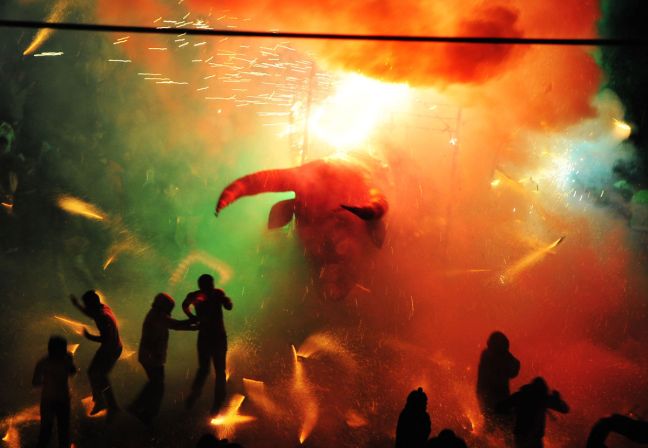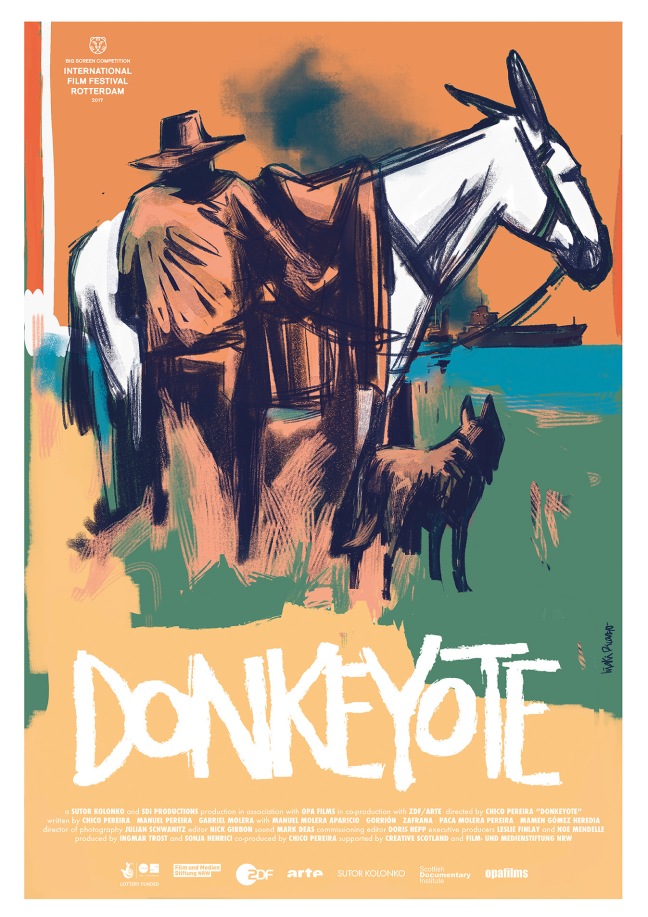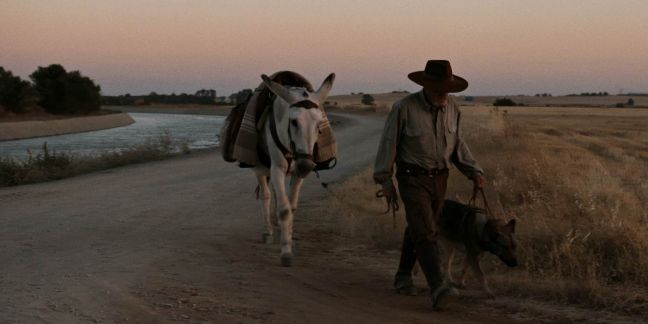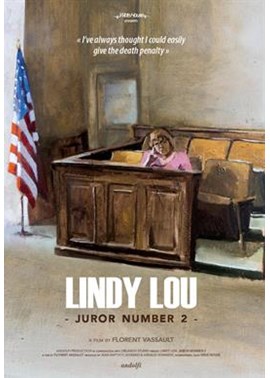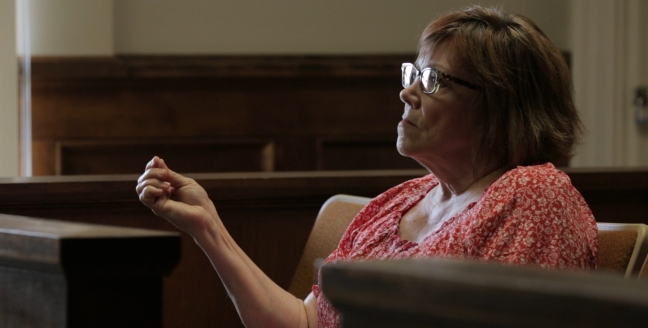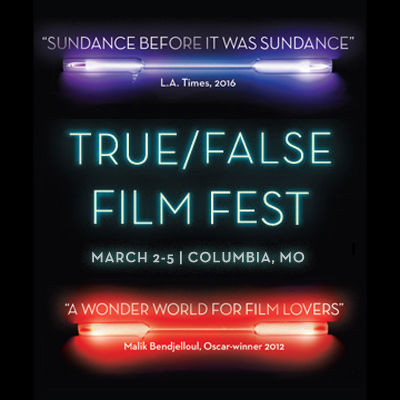
“What are other women really thinking, feeling, experiencing, when they slip away from the gaze and culture of men?” / Naomi Wolf – The Beauty Myth
“Personally, I always thought it was hard to reconcile being a sexual being with being a person in society.” / Venus director Lea Glob
The very title of Danish directors Lea Glob and Mette Carla Albrechtson’s startling 2016 documentary film, Venus, conjures up the ideal context of female beauty dictated by the Sandro Botticelli painting in 1486. Its definition is all surface with no real substance. Or it may possess the Roman goddess of beauty/love. It could also delve into the Latin meaning of a deified abstraction from an originally neuter common noun Venus that suggests sexual desire or qualities that are exciting with desire and charm. We soon learn that Glob and Albrechtson’s learned choice lends itself immediately to a clever slap in the face to our conditioned responses and preconceived ideals of female sexuality associated with this word.
Venus is a film of great power and daring. An argument can be made that it should be required viewing by women everywhere…and men. Its importance lies in its capture of intimate real stories without the constraints of society norms and practices. These are real women talking about hidden desire, emotions, and expectations regarding sex. Placed outside the male gaze circumference, these women bravely bare what lies beneath to let us glimpse inside those thoughts and needs which propel or sometimes hinder them. It is fascinating, but very truthful. Shocking, but somehow familiar. It is nonetheless beautiful in any aspect centered squarely on these genuine, very giving women talking about an all too common societal taboo; females are sexual beings.

A projected conceived by two filmmakers, Lea Glob and Mette Carla Albrechtson idea started as an exploration into female sexuality with reenactments of actual spoken experiences and desires. An ad was placed for auditions in the city of Copenhagen (a four month process in which both were quoted to have fallen love with the city itself and the people they met) with a set of questions; each one diving deeper than the last. Intimate questions to expose a truth that neither the women auditioning or the filmmakers knew where it may lead. When all of these auditions were recorded, Glob and Alrechtson began to realize their original concept was meager when compared to the treasure of what was already displayed in these casting couch interludes. They had found their film by default in the audition process and pored over the hundreds of hours of recorded material to produce their remarkable film.
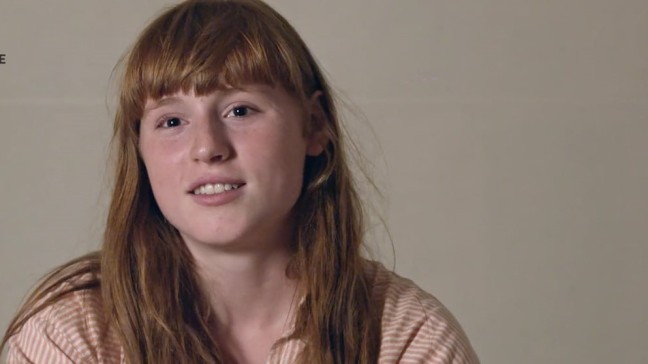
A simple white background with a chair makes the audience focus intensely upon the subject at hand. Each of the women enter (one at a time) into this deceptively simple set up with the usual first time nervousness. They each show their individuality once the shyness wears away upon each question heard given by the off camera filmmakers. Body language, voice quality, and presence comes through in such powerful waves as we get to know each of these women in ways both painful and glorious. These are young women in their twenties (the filmmakers are in their thirties) discussing the politics and stigma of wanting (and being) sexual. It is a frank discussion covering a multitude of sexual subjects ranging from (but not limited to) virginity, masturbation, fantasies, BDSM, orgasms, or even the number of partners. Within these questions, the outer shell cracks with these participants and reveals such a true inner beauty. Again, the film is deceptively simple, but therein lies its power. The more we are brought closer to these individuals, the more we question ourselves. That marks Venus as a sensational and important documentary.

Venus also prominently illustrates the disconnect between the male’s idea of sexuality versus intimacy with the female ideal. The stories, some gorgeous in their catharsis and revelation, while others resigned to sadness and failure, give rise to this bull-headed conditioning we are all given as children in regards to sex (dirty and shameful) that ultimately separates us and keeps alive the stigma that we are not sexual creatures, we are not “animals”. The freedom to express sexual needs without fear or repercussions. It goes without saying that body image is integral to many of these women. The overwhelmingly bad messages in the vast arena of media consumption (yes, including pornography) contributes to many of these women with perceptions that ache to break the shackles of the male dominated view of female sexuality in cultural history. In one humorous sequence, the women each are asked what they call their genitalia with responses ranging from outrageous to stoic to nothing at all. Each were caught off guard by that question, but their answers revealed both surprising strengths and weaknesses.
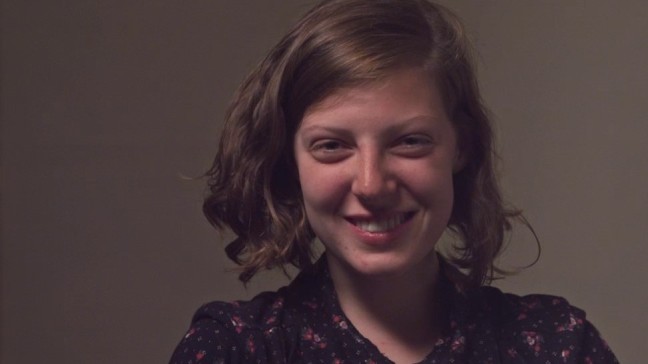
It begs to question again why is there a need for such a film? Is this all just sensationalist propaganda? What possible impact could this place upon women and men? Are we not, as a society today, beyond the primitive Victorian Age dogma that dictates what female sexuality is all about? Are we still in the dark? Sadly, the answer to that last question is a resounding yes.
Sex for pleasure is forbidden, right? Sex with intimacy is much more fulfilling than without it, correct? How many sexual partners is too much? These questions (and many more) are dragged into the light from their dark corners. We were all taught the dangers (well, some of us) of unprotected sex and diseases, but are we taught that we should take joy in our sexual feelings and desires; embrace them as healthy and good? Are we even taught what sex is all about, aside from the physiology of it? This is the mirror that Venus holds up to us. It is important, with the noise of predefined examples of perfection, beauty, and the actual act of sex within our society, that we talk honestly and openly.
With open minds and open hearts, this film has the possibility to instill constructive discussions with our youth about a subject that we already know is very intimately close to them. Again, to view this film, is to hold up a mirror to ourselves. It has the potential to teach men, as well as women. Yes, even men can learn by listening to these stories. Venus is a brave and beautiful piece of work. It dignifies and solidifies the notion that female sexuality is very powerful and cannot be neglected.

[directors Lea Glob (l) and Mette Carla Albrechtson]
RATING: Absolutely RUN, do not walk to this film! (This is a potentially important film for you and your teenagers/young adults. It is a raw and frank dialogue, but one filled with wisdom and honesty. This is not to be missed, so seek it out.)
“Venus” 2016 1hr 30min (directors Lea Glob, Mette Carla Albrechtson)
Screened at the 2017 True/False Film Festival in Columbia Missouri.

